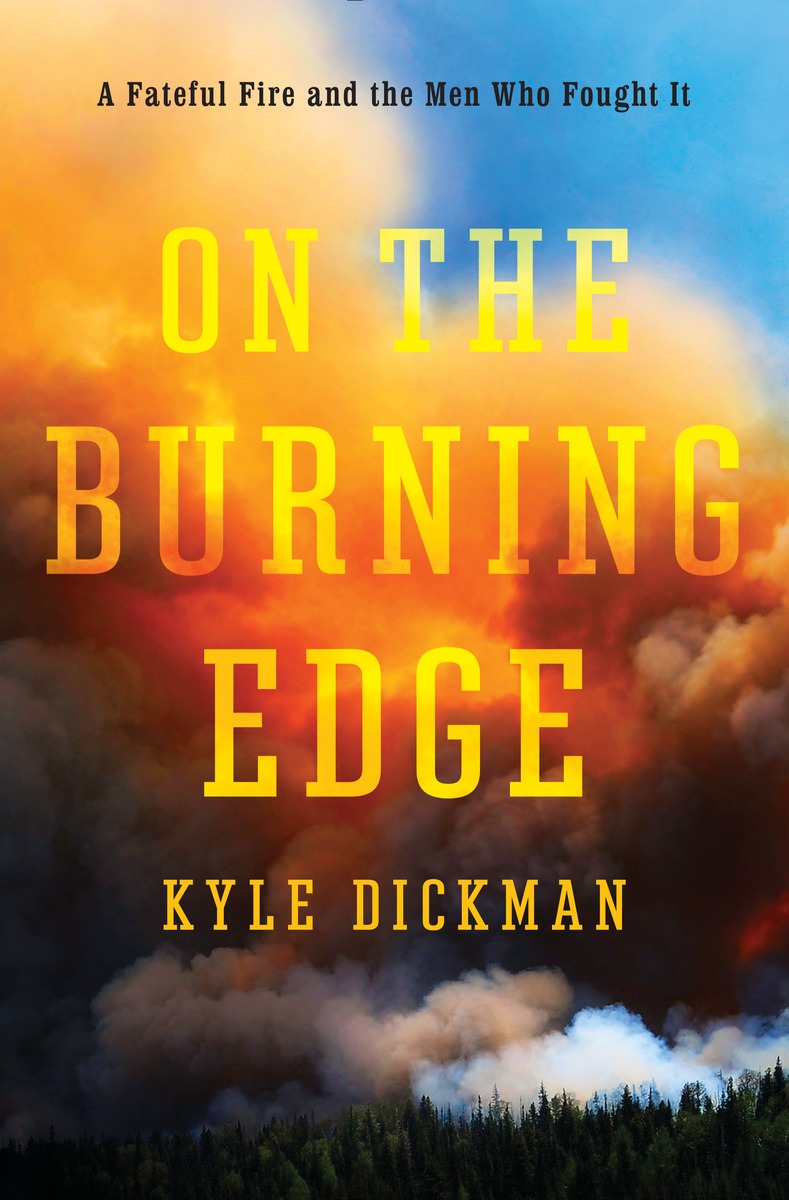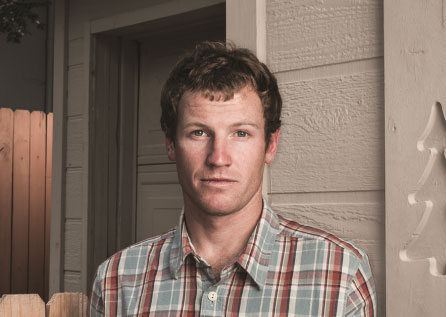By Kyle Dickman
Another enormous fire season is upon us. Spruce trees are already ablaze in the Alaskan wilderness and with much of California plagued by a decade-long drought, the rest of the West isn’t far behind. Expect journalists and public information officers to dub many of the most destructive blazes “mega-fires.” But what makes a fire “mega?” Here’s what the term really means, and why mega-fires are reshaping the way wild flames are fought in the West.
(Excerpt from ON THE BURNING EDGE)
 The combination of dense forests and drying climate has made highly destructive fires—like the Yellowstone anomalies of the 1980s—increasingly common. Arizona, New Mexico, California, Nevada, and Colorado have all seen their most destructive blazes since the turn of the twenty-first century.
The combination of dense forests and drying climate has made highly destructive fires—like the Yellowstone anomalies of the 1980s—increasingly common. Arizona, New Mexico, California, Nevada, and Colorado have all seen their most destructive blazes since the turn of the twenty-first century.
Forest scientists and the media alike have branded these blazes mega-fires, but the term is imprecise and means only that a burn is destructive, extremely difficult to control, and, because of this, expensive. The term’s usage also turns a blind eye to the fact that large wildfires, though somewhat anomalous, have historically shaped American forests. Between 1825 and 1910, six documented fires—in present-day Wisconsin, Michigan, Maine, Idaho, and South Carolina—exceeded one million acres. Each of them burned more acreage than the largest blazes the United States has seen in a hundred years, and three of them were larger by a factor of five.
What the term “mega-fire” accurately reflects is that fires are burning more intensely now than at any point since the Forest Service became proficient at the business of suppression in the 1950s and 1960s, and land management agencies are having a hard time coping. Though the Forest Service, the BLM, and state agencies are still aggressively trying to control mega-fires, there’s a mounting body of evidence suggesting that it’s a costly and failing endeavor. Jerry Williams, the former national director of fire and aviation management for the Forest Service, who is credited with popularizing the term “mega-fire” in the mid-2000s, estimates that only one-tenth of 1 percent of the fires that burn each year qualify as mega-fires. Yet the severest 1 percent of blazes account for 85 percent of the suppression costs—hence the upper echelon’s significance.
“The worst wildfires on record are coinciding with a time when suppression force has never been greater, technological advantage has never been better, and suppression spending has never been higher,” Williams wrote. “Mega-fires challenge the commonly held notion that increasing wildfire threats can be effectively matched with greater suppression forces.”
Williams’s report isn’t the only one to put forward these views. In the past few years, one Forest Service–funded report suggested that fully three-quarters of air-tanker drops are ineffective during the initial attack phase of the firefight. Rapidly spreading fires burn straight through the slurry, which is exactly what Todd Lerke saw on Thompson Ridge. Yet because the tactic is widely and perhaps erroneously recognized as effective, incident commanders drop retardant on the vast majority of quickly spreading blazes. Another report found that the costs of fighting fires fall by half when the new blazes burn into the blackened fuel left behind from previous fire scars. In other words, when more fires are allowed to burn, fire size regulates naturally, and controlling blazes becomes cheaper.
It’s likely to take many years for this information, and other studies like these, to drastically reshape the way we deal with wildfires in America, but the fact that critical research is forthcoming is a sign that the Forest Service, the Bureau of Land Management, and state forestry agencies are open to adapting their management policies to the new realities of wildfires—the megafire.
From the book ON THE BURNING EDGE by Kyle Dickman. Copyright © 2015 by Kyle Dickman. Reprinted by arrangement with Ballantine, an imprint of Random House, a division of Penguin Random House LLC. All rights reserved.
 Kyle Dickman is a hotshot firefighter turned reporter and author. In 2013, he wrote an article for Outside entitled “Nineteen” about the Yarnell Hill Fire–the deadliest firefighting event since 9/11–which was shortlisted for a National Magazine award. His new book is On The Burning Edge.
Kyle Dickman is a hotshot firefighter turned reporter and author. In 2013, he wrote an article for Outside entitled “Nineteen” about the Yarnell Hill Fire–the deadliest firefighting event since 9/11–which was shortlisted for a National Magazine award. His new book is On The Burning Edge.
RELATED WILDLAND FIREFIGHTING ARTICLES
- Preparing For A Wildfire Season That Does Not End
- Wildland Urban Interface: Ensuring the “Defensibility” of Defensible Space
- Wildland Firefighting 101
- Wildland Firefighting 101, Part 2
- Shaping the California Wildfire Battlefield
- Remembering The Great Peshtigo Fire of 1871

